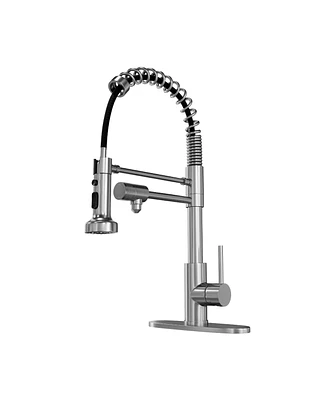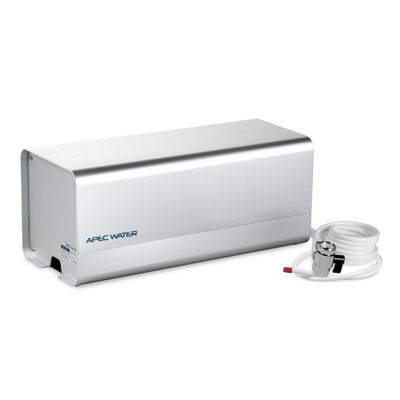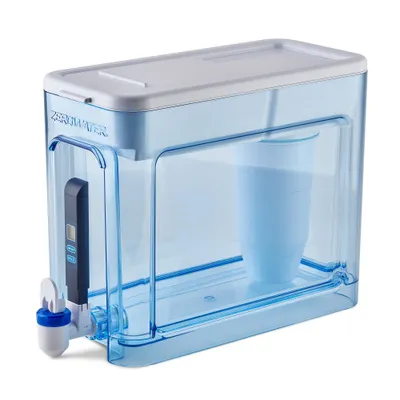Home
Sorption and Filtration Methods for Gas and Water Purification
Loading Inventory...
Barnes and Noble
Sorption and Filtration Methods for Gas and Water Purification
Current price: $54.99


Barnes and Noble
Sorption and Filtration Methods for Gas and Water Purification
Current price: $54.99
Loading Inventory...
Size: OS
*Product Information may vary - to confirm product availability, pricing, and additional information please contact Barnes and Noble
This book contains the papers presented at the NATO Advanced Study Institute on "Scientific Aspects of Sorption and Filtration Methods for Gas and Water Purification". The Study Institute was held at Fauske Hotel, Fauske, a small town in the northern part of Norway, 2)rd-29th June, 1974. The members of the Scientific Advisory Committee were: The Engineering Research Foundation at T. Halm¢ the Norwegian Institute of Technology, Trondheim, Norway W.H. Hardwick AERE, Harwell, Didcot, Berks., U.K. B. Ottar Norwegian Institute of Air Research, Kjeller, Norway J .A. Wilhelm Karlsruhe Nuclear Research Center, Karlsruhe, Germany R. Berg Institutt for Atomenergi, Kjeller, Norway The members of the Organizing Committee were: E. Andersen M. Bonnevie-Svendsen G. Jarrett all from Institutt for Atomenergi, Kjeller, Norway. The Advanced Study Institute was financially sponsored by the NATO Scientific Affairs Division. The aim of the Study Institute was to bring together scien tists concerned with fundamental aspects of sorption, solid state physics and reaction kinetics and workers who are occupied with the development of filter systems for controlled and efficient removal of impurities and poisons from air, off-gases, potable water and industrial effluents. The papers presented covered both theoretical and practical aspects of sorption and membrane filtration. The emphasis was on factors which may effect the filter efficiency, on evaluation, optimalization, controlled development of "tailor made" systems, mathematical models and VI economical consideration. The publication of these lectures was made possible through the kind cooperation of the lecturers.


















